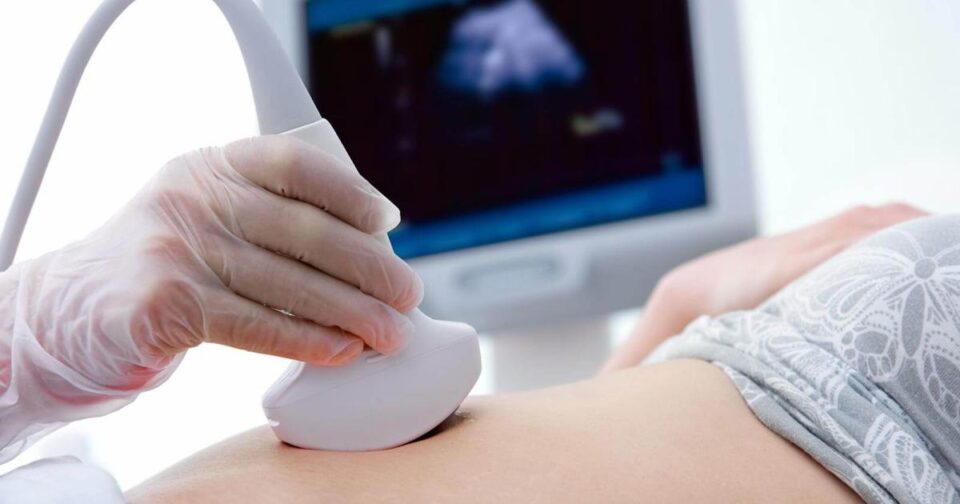Ultrasound imaging, also known as sonography, is a medical imaging technique that uses high-frequency sound waves to get pictures of tissues, internal organs, and structures within the body. It is commonly used for diagnostic purposes and to know about certain medical procedures. If your doctor recommends ultrasound imaging of any body part, contact Boise body imaging.
Steps to improve the ultrasound patient experience
During the ultrasound, the technician will apply a gel to the skin, and a small, handheld device called a transducer will be moved over the imaged area. The device emits sound waves with high-frequency that bounce off the tissues and organs, creating echoes. The transducer picks the echoes up and sends them to the computer, converting them into images that can be viewed on a monitor.
Ultrasound is widely used in gynecology and obstetrics to monitor a fetus’s development and growth during pregnancy and detect and diagnose conditions like fibroids, ovarian cysts, and ectopic pregnancies. It is also used to monitor and diagnose the conditions of the abdomen, including gallbladder, liver, and kidney disease. One of the biggest advantages of ultrasound imaging is that it is non-invasive and does not involve ionizing radiation, making the process a safe and widely available diagnostic tool.
Ultrasound technicians can take several steps to improve the ultrasound patient experience.
- Communicate with the patient.
Let the patient know about the procedure beforehand, including what they can expect and any potential discomfort that they may experience. It helps alleviate anxiety the patient may have.
- Provide comfort measures
Offering a blanket or pillow to make the patient more comfortable during the procedure. One can also offer to play calming music or provide distractions such as magazines or television.
- Ensure privacy
Provide a private room for the procedure, and ensure the patient is properly draped to maintain their privacy.
- Consider patient positioning
If possible, allow the patient to choose a comfortable position for the exam. For example, if the patient is pregnant, they may prefer to lie on their side rather than their back.
- Using warm gel
Apply warm gel to the skin before using the transducer. This can help alleviate any discomfort the patient may feel.
- Be gentle
Use a gentle touch when using the transducer, and avoid pressing too hard on the patient’s skin to reduce discomfort.
- Explain the images
After the procedure, show the images to the patient and explain what they mean. This will help the patient understand their condition better and take any further steps if needed.

